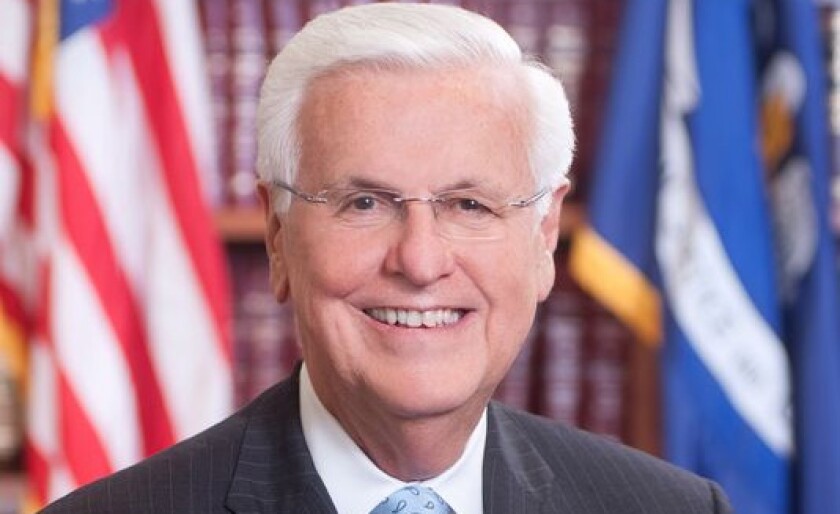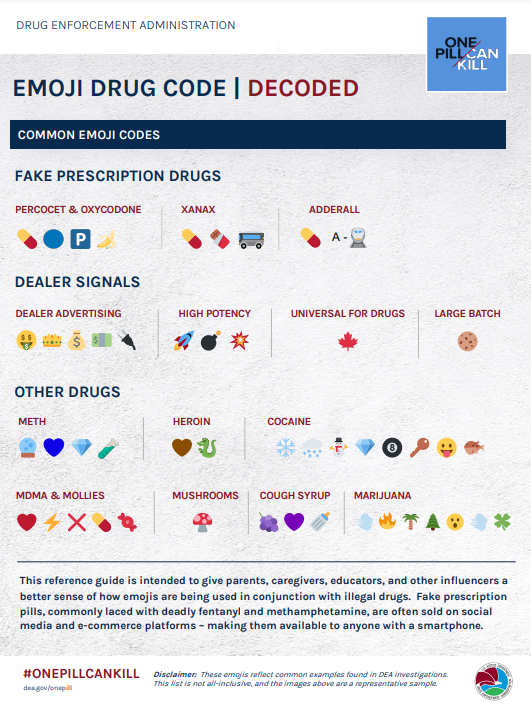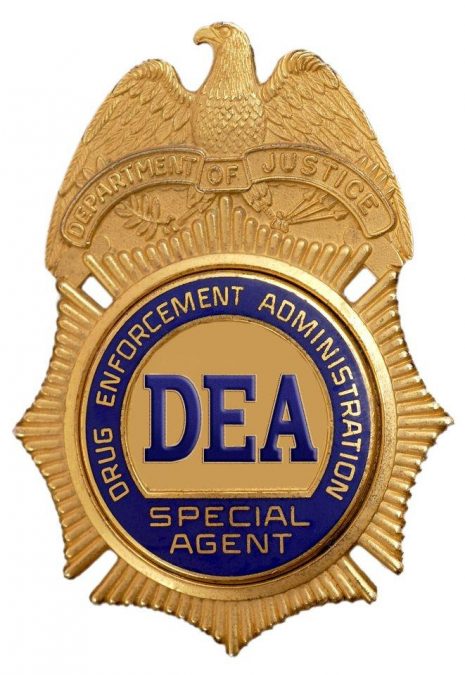
SafePoint Insurance Co. Assumes Policies from Insolvent Insurers
December 30, 2021
Fletcher to host AWS cloud computing 4- week course
December 30, 2021The Drug Enforcement Administration has released what they’re calling an “emoji drug code” reference guide. The agency said the guide is intended to give “parents, caregivers, educators, and other influencers a better sense of how emojis are being used in conjunction with illegal drugs.”
The reference guide exposes sellers using popular “emoji codes”, a small digital icon used on social media and mobile messaging. The agency warns that fake prescription pills, commonly laced with deadly fentanyl and methamphetamine are often sold on social media and e-commerce platforms- making them available to anyone with a smartphone.

Snowflakes, wall plugs, pills, money bags, mushrooms, and baby bottles, are a few of the many emojis the reference guides show that are used in connection with illegal drugs.
“The Drug Enforcement Administration is aware of drug trafficking, organizations using emojis to buy and sell counterfeit pills and other illicit drugs on social media and through e-commerce. Emojis, on their own, should not be indicative of illegal activity, but coupled with a change in behavior, change in appearance, or significant loss/increase in income should be a reason to start an important conversation. We understand initiating those conversations can be difficult so we have resources available at DEA.gov/onepill,” reads a statement published on the DEA’s website.
For more information, visit the Drug Enforcement Administration website at DEA.gov/onepill.





